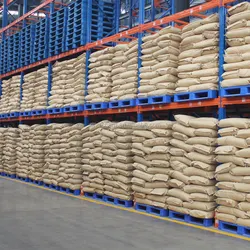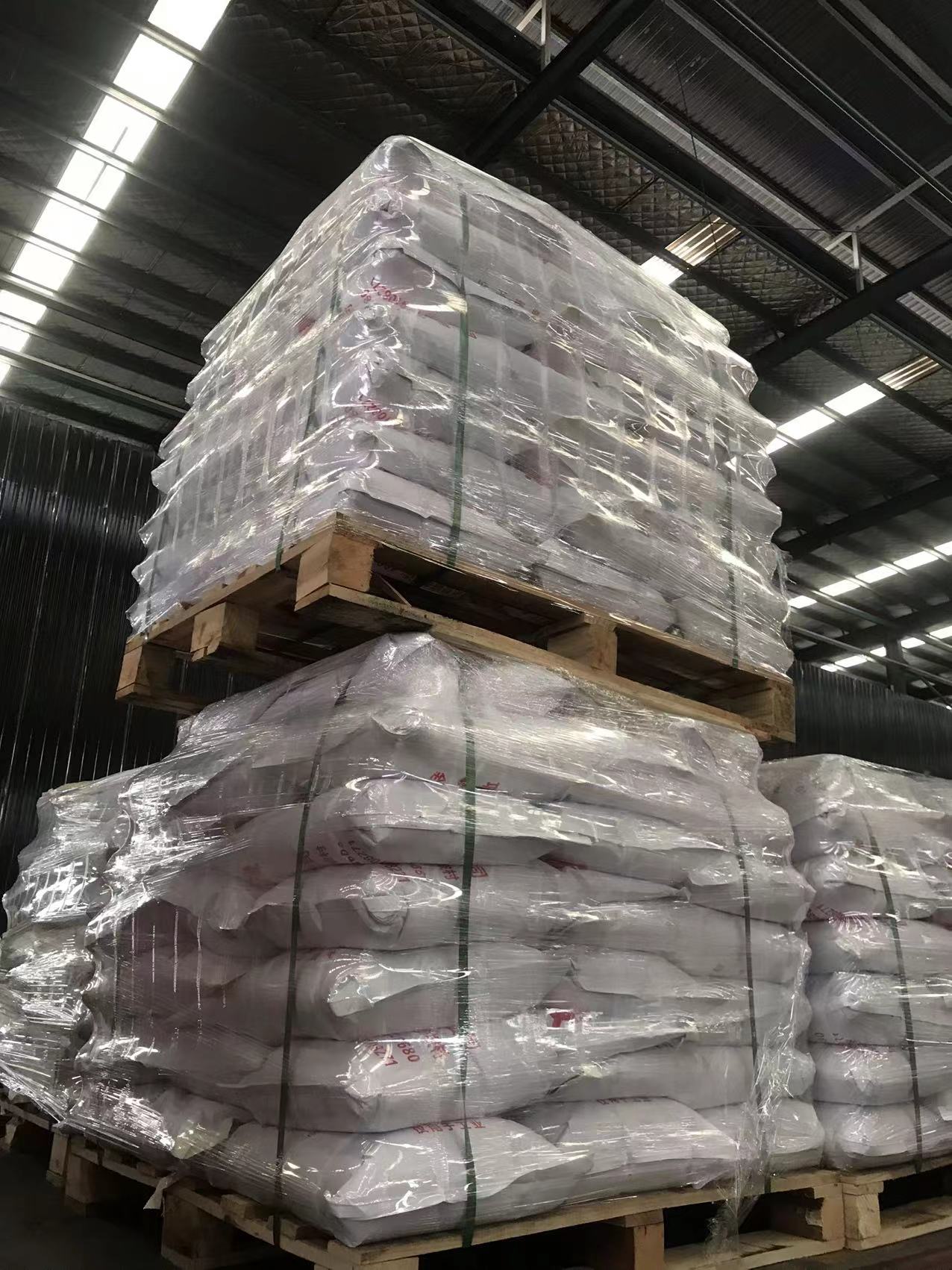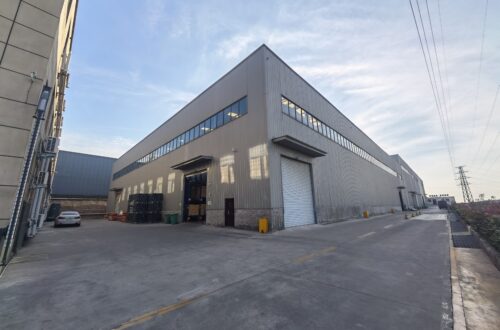I. Fundamental Mechanisms
- Coagulation Phase
- Destabilization of colloidal particles through charge neutralization (e.g., Al³⁺/Fe³⁺ salts) or adsorption bridging (e.g., polyacrylamides).
- pH-dependent reactions: Optimal range 5.5–7.5 for metal coagulants; polyelectrolytes function across broader pH spectra.
- Flocculation Phase
- Slow-mixing promotes microfloc aggregation into settleable macroflocs.
- Key parameters: Gradient velocity (30–70 s⁻¹) and retention time (15–30 minutes).

II. Advanced Coagulant Innovations
| Type | Characteristics | Applications |
| Composite | Hybrid metal-organic structures | Heavy metal/arsenic removal |
| Chitosan | Biodegradable, antimicrobial | Pathogen inactivation |
| Natural | Plant-derived (e.g., Moringa oleifera) | Low-cost, eco-friendly solutions |
Emerging trends include:
- Dual-function coagulants: Simultaneously remove turbidity and dissolved organics (e.g., polyaluminum chloride-silicate hybrids).
- Smart polymers: pH-responsive flocculants for selective contaminant capture.
III. Process Optimization Strategies
- Chemical Enhanced Primary Treatment (CEPT)
- 20–40% higher organics removal than conventional sedimentation.
- Sludge volume reduction by 15–30% through polymer conditioning.
- Hybrid Systems
- Coagulation-electrocoagulation: 90%+ phosphate removal efficiency.
- Bioflocculation: Microbial polysaccharides enhance floc strength.

IV. Sustainability Challenges
- Sludge management: 1–3 kg dry sludge per m³ treated water requires stabilization.
- Natural coagulants: Limited scalability due to inconsistent quality.
- Energy-intensity: Rapid mixing consumes 0.1–0.3 kWh/m³.
Future research should focus on:
- Lifecycle assessment of composite coagulants.
- AI-driven dosing optimization for real-time process control.


